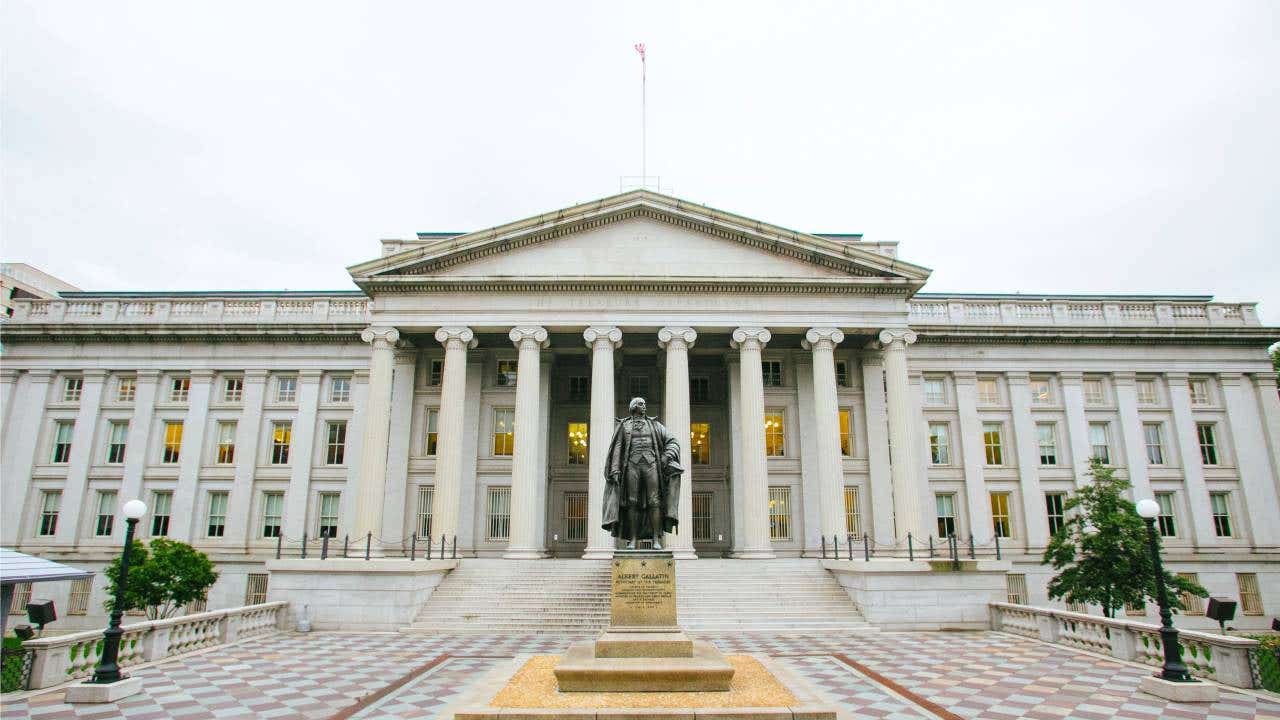
Khaichuin Sim/Getty Images
You may have heard investors refer to the 10-year Treasury yield before, and for good reason. It’s one of the most widely followed government securities and is a key benchmark for other interest rates such as mortgages and corporate debt.
Here’s what you should know about the 10-year Treasury note, including how to add it to your portfolio.
What is the 10-year US Treasury note?
The 10-year U.S. Treasury note is a debt security issued by the U.S. government to help fund various government obligations. The security pays a fixed rate of interest every six months and the principal amount is returned to investors at maturity, which is 10 years from the issuance date.
U.S. Treasury securities are considered to have extremely low credit risk and are one of the safest investments you can buy. In times of crisis, such as the 2008 financial crisis or the COVID-19 pandemic, investors often rush to buy Treasurys for their perceived safety.
How to buy the 10-year US Treasury note
You can buy Treasury securities through the TreasuryDirect website, or through a bank or broker. The investment minimum through TreasuryDirect is $100 and can be increased in increments of $100. Brokers may have minimums that start at $1,000.
Keep in mind that securities bought through TreasuryDirect must be held for at least 45 days. If you want to sell a security before maturity, you’ll need to transfer the security to a broker.
Treasury securities can be purchased as part of a new auction or on the secondary market, which is where securities that have already been issued trade.
You can also invest in Treasury securities through mutual funds or ETFs. These funds hold a basket of securities with similar maturities and manage the portfolio as bonds mature. Be aware that these funds do come with an expense ratio, but they are typically low.
10-year US Treasury yield history
10-year US Treasury note: Pros and cons of investing
Pros
- Safety: Investing in U.S. Treasury securities is considered extremely safe because it is highly unlikely the U.S. would ever default on its debt.
- No state or local taxes: While you will pay federal taxes on interest earned from U.S. Treasury securities, you won’t have to worry about state or local taxes.
- Liquidity: Treasury securities are highly liquid, which means you can easily sell them whenever you need to.
Cons
- Low risk means low return: Treasury securities typically don’t offer much in the way of return, but that makes sense when you consider their low risk.
- Inflation: The interest payments you’ll receive from a 10-year Treasury note are fixed, which means inflation can eat into your return. A 3 percent yield when inflation is also 3 percent means your real return is zero.
- Interest rate risk: While Treasury securities have very little credit risk, they do come with interest rate risk. Interest rates and bond prices move in opposite directions, so if interest rates rise, prices on existing bonds will fall.
Editorial Disclaimer: All investors are advised to conduct their own independent research into investment strategies before making an investment decision. In addition, investors are advised that past investment product performance is no guarantee of future price appreciation.

